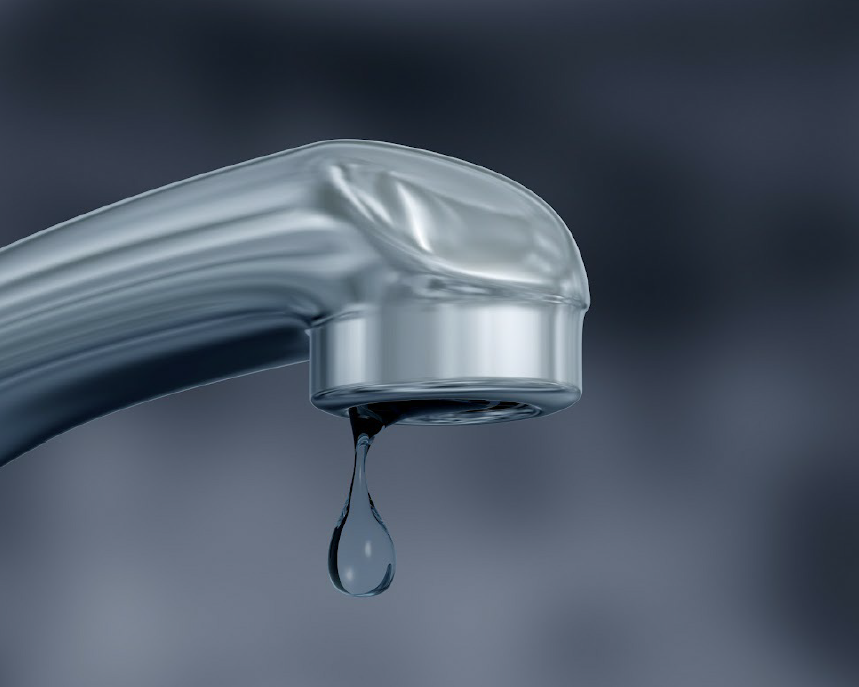6 Ways to Locate Concealed Water Leakages in Your Residence
6 Ways to Locate Concealed Water Leakages in Your Residence
Blog Article
Everyone will have their own opinion in relation to Hacks to detect leaks.

Early discovery of leaking water lines can alleviate a possible catastrophe. Apart from conserving you cash, it will reduce the aggravation as well as stress. The moment you locate a leak, calling your plumber for repairs is the very best remedy. However, some small water leaks may not show up. If you can not detect it with your naked eyes, below are some hacks that assist.
1. Take A Look At the Water Meter
Every home has a water meter. Checking it is a surefire way that assists you find leakages. For beginners, turn off all the water sources. Make sure no one will purge, utilize the tap, shower, run the cleaning device or dish washer. From there, most likely to the meter as well as watch if it will change. Since no one is utilizing it, there need to be no motions. If it moves, that shows a fast-moving leakage. Similarly, if you identify no changes, wait a hr or more as well as inspect back once again. This means you might have a slow-moving leakage that can also be below ground.
2. Examine Water Consumption
If you spot abrupt modifications, regardless of your consumption being the same, it indicates that you have leakages in your plumbing system. An abrupt spike in your bill indicates a fast-moving leakage.
Meanwhile, a steady increase each month, despite the very same behaviors, reveals you have a slow-moving leakage that's likewise gradually escalating. Call a plumber to extensively examine your residential property, particularly if you feel a warm area on your flooring with piping beneath.
3. Do a Food Coloring Examination
When it comes to water consumption, 30% originates from bathrooms. Examination to see if they are running correctly. Decrease flecks of food shade in the container and also wait 10 minutes. If the shade in some way infiltrates your dish during that time without flushing, there's a leakage in between the container and also bowl.
4. Asses Outside Lines
Don't fail to remember to inspect your outside water lines as well. Examination spigots by affixing a garden hose pipe. Needs to water permeate out of the connection, you have a loose rubber gasket. Replace this as well as ensure all connections are tight. If you've got an automatic sprinkler, it will certainly help get it expertly took a look at as well as preserved every year. One little leak can squander lots of water as well as spike your water costs.
5. Examine the circumstance and check
Homeowners ought to make it a habit to inspect under the sink counters and also inside cupboards for any kind of bad odor or mold development. These two red flags suggest a leak so prompt attention is called for. Doing routine inspections, also bi-annually, can save you from a significant issue.
Examine for stainings and compromising as many pipes as well as home appliances have a life expectations. If you presume leaking water lines in your plumbing system, do not wait for it to escalate.
Early discovery of leaking water lines can minimize a prospective calamity. Some small water leakages may not be noticeable. Checking it is a guaranteed means that assists you uncover leakages. One small leakage can waste heaps of water and surge your water costs.
If you suspect leaking water lines in your plumbing system, don't wait for it to rise.
WARNING SIGNS OF WATER LEAKAGE BEHIND THE WALL
PERSISTENT MUSTY ODORS
As water slowly drips from a leaky pipe inside the wall, flooring and sheetrock stay damp and develop an odor similar to wet cardboard. It generates a musty smell that can help you find hidden leaks.
MOLD IN UNUSUAL AREAS
Mold usually grows in wet areas like kitchens, baths and laundry rooms. If you spot the stuff on walls or baseboards in other rooms of the house, it’s a good indicator of undetected water leaks.
STAINS THAT GROW
When mold thrives around a leaky pipe, it sometimes takes hold on the inside surface of the affected wall. A growing stain on otherwise clean sheetrock is often your sign of a hidden plumbing problem.
PEELING OR BUBBLING WALLPAPER / PAINT
This clue is easy to miss in rooms that don’t get much use. When you see wallpaper separating along seams or paint bubbling or flaking off the wall, blame sheetrock that stays wet because of an undetected leak.
BUCKLED CEILINGS AND STAINED FLOORS
If ceilings or floors in bathrooms, kitchens or laundry areas develop structural problems, don’t rule out constant damp inside the walls. Wet sheetrock can affect adjacent framing, flooring and ceilings.
https://www.servicemasterbyzaba.com/blog/how-to-detect-water-leakage-in-walls/

As a keen person who reads on Top leak detection hacks, I assumed sharing that piece of content was worth the trouble. For those who appreciated our blog posting kindly be sure to pass it around. I thank you for reading our article about Locating water leaks.
Report this page